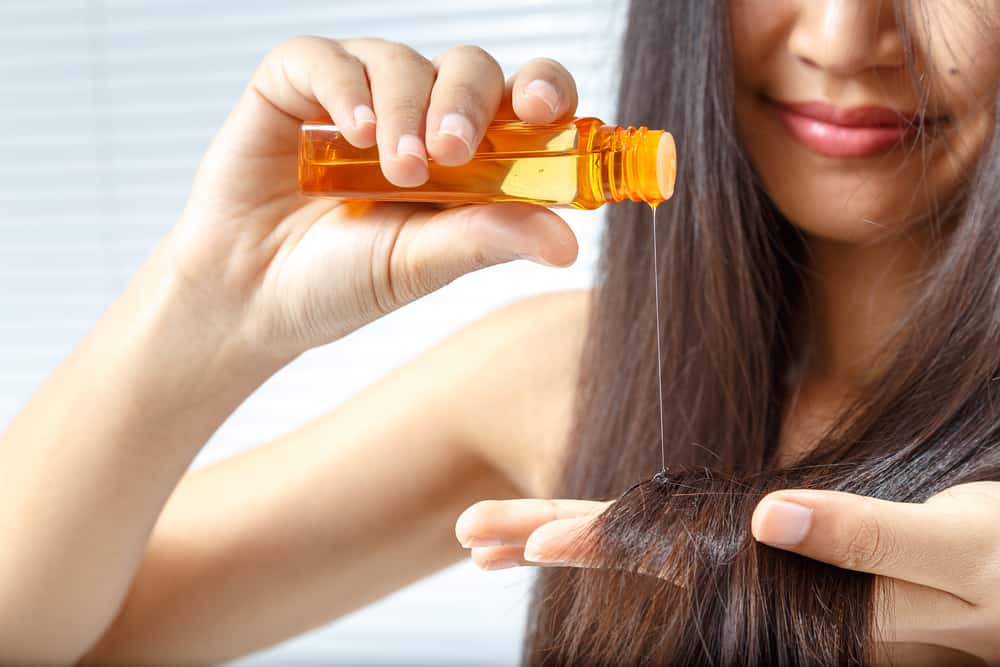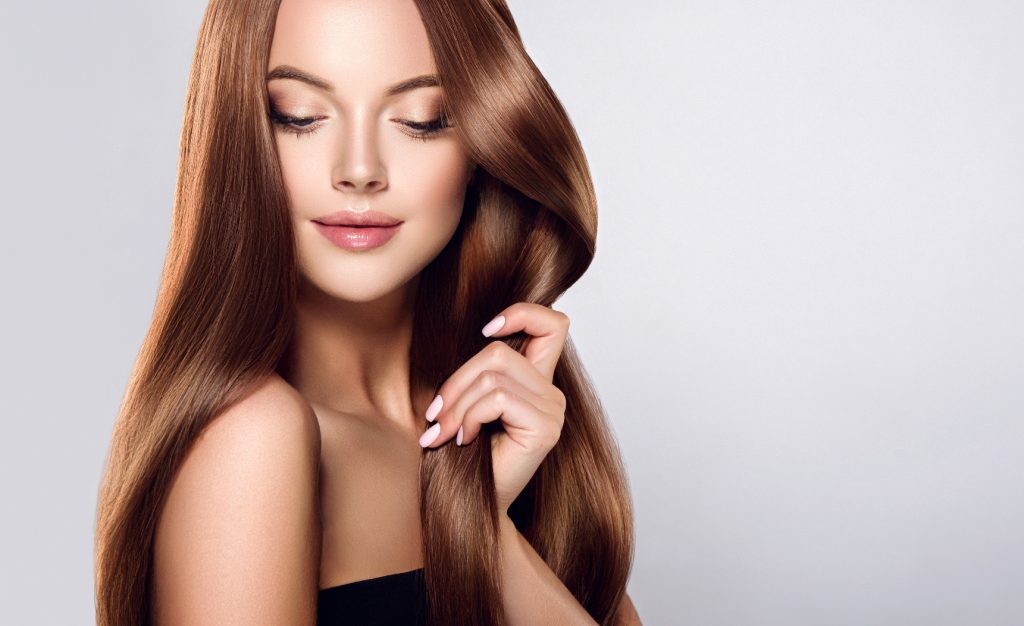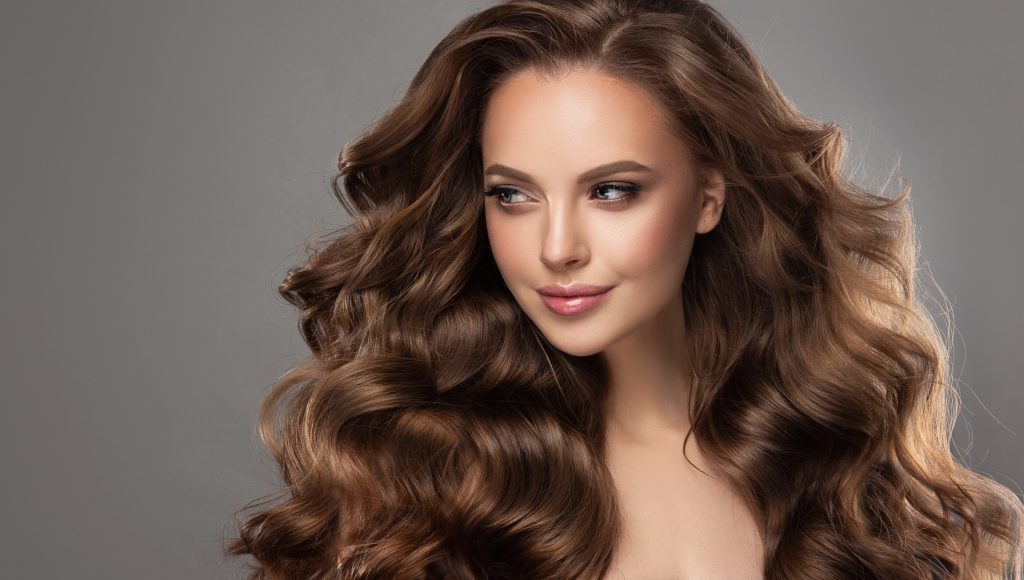
Protein or Moisture: Which One Does My Hair Need?
In the world of hair care, achieving healthy, beautiful locks can feel like navigating a maze of products, treatments, and conflicting advice. Among the many factors that influence hair health, two stand out: protein and moisture. Both play essential roles in maintaining strong, vibrant hair, yet understanding which one your hair needs can sometimes feel like solving a puzzle.
But worry not—this guide will help you identify the signs that indicate whether your hair craves protein or moisture, equipping you with the knowledge to make the best choice for your hair’s health.
I. Protein vs. Moisture: What’s the Difference?
Before diving into hair care routines, it’s crucial to understand the fundamental difference between protein and moisture—starting at the molecular level.
Each strand of hair is held together by disulfide bonds, which contribute to its structure and strength. Protein reinforces these bonds, making hair stronger and less prone to breakage. Without enough protein, the hair shaft weakens, leading to brittleness and breakage.
Moisture, on the other hand, keeps hair soft, smooth, and hydrated. While protein provides strength, moisture ensures flexibility and prevents dryness. Striking the right balance between the two is key to maintaining healthy, resilient hair.

II. How to Determine If Your Hair Needs Protein or Moisture
Understanding whether your hair needs protein or moisture is key to maintaining its health and preventing common hair issues. Here’s a simple guide to help you identify what your hair may be lacking.
1. Signs Your Hair Needs Protein
If your hair is deficient in protein, you may notice the following signs:
- Excessive Breakage: Hair that breaks easily, especially when wet or combed, may indicate a lack of protein.
- Loss of Elasticity: If your hair feels limp and fails to bounce back when stretched, it likely needs protein to restore its strength and resilience.
- Overly Soft or Mushy Texture: Hair that feels too soft, weak, or even mushy when wet could signal an imbalance, meaning it requires more protein for structural support.
2. Signs Your Hair Needs Moisture
If your hair is dehydrated, you may notice the following signs:
- Dryness and Brittleness: Hair that feels rough, brittle, and lacks flexibility likely needs moisture. Dry hair often appears dull and is more prone to breakage.
- Frizz and Flyaways: A lack of moisture can lead to frizz and flyaways, especially in humid conditions.
- Tangles and Knots: When hair lacks moisture, the strands become rough and more prone to tangling and knotting.
- Scalp Dryness or Irritation: Dehydrated hair often comes with a dry scalp, leading to itching, flaking, or irritation.
Finding the Right Balance
By recognizing the signs of protein or moisture imbalance, you can adjust your hair care routine to keep your locks healthy, strong, and vibrant.
III. How to Treat Moisture Loss and Protein Imbalance in Your Hair
Now, let’s dive into the world of hair care and uncover the best ways to address moisture loss and protein imbalance. Whether your hair has been affected by chemical treatments, heat damage, or you simply want to improve its overall health, understanding these fundamental treatments will help you achieve your hair goals.

1. Treating Moisture Loss in Your Hair
While most hair damage requires protein-based products, some issues stem from a lack of moisture. Hydrating treatments typically contain fatty acids, oils, and butters, which penetrate the scalp and replenish lost hydration. To combat moisture loss, try incorporating the following steps into your hair care routine:
- Pre-Poo Treatments: Apply a moisturizing treatment before shampooing to help with detangling and improve the effectiveness of your conditioner. Good options include oils (coconut, avocado, almond), aloe vera, coconut milk, or shea butter.
- Use the LOC Method (Liquid, Oil, Cream): Apply products in the order of lightest to heaviest—starting with a liquid (like leave-in conditioner), followed by an oil to seal in moisture, and finishing with a cream to lock everything in.
- Apply Hair Products While Your Hair is Warm and Wet: At this stage, the hair cuticle is lifted, allowing more moisture to penetrate. Look for humectant-rich products containing glycerin, honey, or agave.
- Deep Condition Regularly: Deep conditioners penetrate the hair shaft more effectively than regular conditioners, providing long-lasting hydration. For best results, leave it in for 15–20 minutes with a shower cap or heat cap.
2. Treating Protein Imbalance in Your Hair
Protein treatments help repair damaged hair by strengthening disulfide bonds and reinforcing the hair shaft. These treatments are often made from plant-based proteins like wheat, soy, rice, or silk, which fill in weak spots along the hair strand and improve overall strength. Here’s how to restore protein balance:
- Use Protein Treatments: Look for treatments with hydrolyzed proteins, which can penetrate the hair shaft and repair damage.
- Monitor Your Diet: While hair products can help, dietary protein is essential for healthy hair growth. Make sure you’re consuming enough protein-rich foods like beef, chicken, salmon, eggs, lentils, beans, and Greek yogurt.
- Consider Dietary Supplements: If you struggle with protein intake, supplements like biotin can support hair strength and growth.
Pro Tip:
Balance protein and moisture treatments based on your hair’s porosity.
- Low-porosity hair tends to repel moisture and may benefit from more hydrating treatments.
- High-porosity hair absorbs moisture quickly but loses it just as fast, meaning it usually requires more protein to strengthen the cuticle.

IV. Protein vs. Moisture: What Does Your Hair Need?
The short answer? Both!
Healthy hair thrives on a balance of protein and moisture. Protein keeps your strands strong and resilient, while moisture ensures they stay soft, flexible, and shiny. When hair lacks protein, it loses elasticity, making it more prone to breakage and unable to retain moisture properly. On the other hand, without sufficient moisture, even the strongest hair can become dull, dry, and lifeless.
Striking the right balance between these two elements is the key to maintaining vibrant, healthy hair.
V. Protein vs. Moisture: Final Thoughts
Achieving optimal hair health requires a balanced approach that caters to both protein and moisture needs. Understanding your hair’s unique characteristics and adjusting your routine accordingly is essential.
- Protein reinforces the hair structure, preventing weakness and breakage.
- Moisture enhances flexibility and elasticity, keeping hair hydrated and soft.
Over-reliance on either can cause imbalances and lead to damage. Regularly assess your hair’s condition and adjust your routine as needed to maintain strong, hydrated, and resilient locks.
Remember: A holistic hair care approach that incorporates both protein and moisture is the key to achieving healthy, bouncy, and shiny hair.











